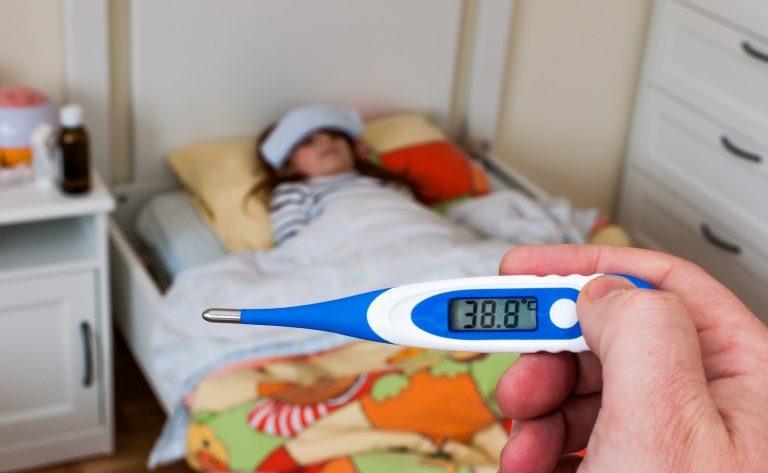11 Signs of Autism in Babies: Is There Something To Worry
Do you ever find yourself observing your baby, noticing the smallest changes in behavior, and wondering if everything is on track? As a parent or caregiver, it’s natural to be attuned to your little one’s every move. But what if those subtle differences you’re noticing could be early signs of something more? Early detection of signs of autism in babies can be very beneficial for your kid and you.
By delving into the distinctive behavioral cues and developmental milestones, you’ll gain valuable insights into recognizing potential red flags for autism in your baby. Stay tuned as we navigate through this essential topic with expertise and care.
Autism First Signs: A Checklist for Babies and Toddlers
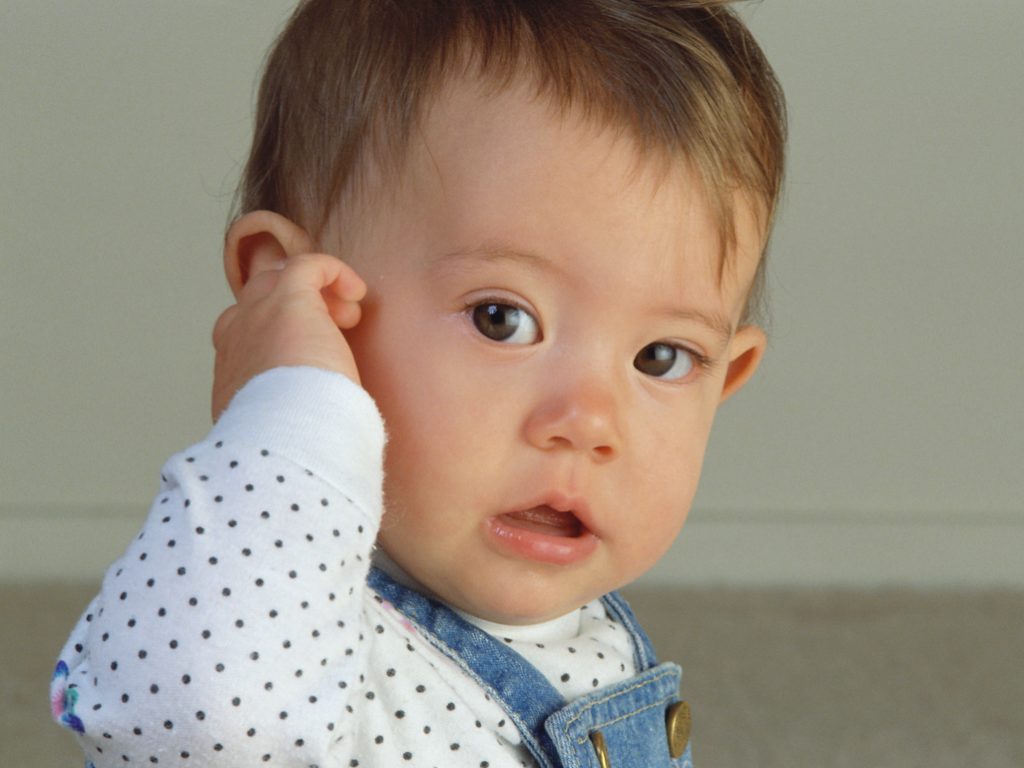
When it comes to identifying the signs of autism in babies and toddlers, early intervention is key. The sooner you recognize potential red flags, the sooner you can seek support and provide the necessary resources for your child’s development.
Here, we provide a checklist of important signs and characteristics to look out for.
Milestones and development
- Every child develops at their own pace, but there are some general milestones that babies and toddlers should be reaching.
- It’s important to note that the absence of a particular milestone doesn’t automatically indicate autism.
- However, if you notice a significant delay in multiple areas of development, it’s essential to consult with a healthcare professional or autism researcher for further evaluation.
Signs and Characteristics of Autism in Babies Checklist
Early signs of autism in babies (6 months to one year) may include:
- Limited eye contact
- Delayed or absent babbling
- Lack of response to name
- Repetitive or stereotyped behaviors (e.g., hand flapping or rocking)
- Unusual fixations or intense interests
- Minimal social engagement or interaction
Signs of Autism in Toddlers up to 24 Months
Early signs of autism in toddlers up to 24 months may include:
- Delayed spoken language development
- Difficulty understanding and using gestures
- Lack of pretend play or symbolic play
- Challenges with turn-taking or joint attention
- Sensory sensitivities or aversions
Signs of Autism in Young Children up to 36 Months
Early signs of autism in young children up to 36 months may include:
- Language difficulties, including limited vocabulary or speech delays
- Difficulty forming and maintaining friendships
- Difficulty with transitions and changes in routine
- Repetitive behaviors or restricted interests
- Unusual sensory responses or sensitivities
Getting an autism assessment
If you observe several signs and characteristics from the checklist or have concerns about your child’s development, it is crucial to seek a professional assessment.
A clinical psychologist, healthcare professional, or autism researcher can provide an accurate diagnosis and guide you through the process of getting the support your child needs.
Early intervention and behavioral interventions, such as speech therapy or occupational therapy, can greatly improve outcomes for children with autism.
By being aware of the early signs and characteristics of autism in babies and toddlers, parents and caregivers can take proactive steps towards early intervention and support. Regular developmental check-ups and seeking professional assessments when necessary play a vital role in providing the best possible outcomes for children with autism.
11 Early Signs of Autism in Babies Checklist

Early detection and intervention are crucial when it comes to autism spectrum disorder (ASD). By being aware of the early signs and characteristics of autism in babies, parents and caregivers can seek support and resources for their child’s development.
Here is a checklist of key signs to look out for during the first year of a baby’s life:
- Lack of Eye Contact
Babies with autism may avoid making eye contact or have difficulty maintaining it.
- Delayed Social Skills
Difficulty engaging in social interactions, such as smiling back when smiled at or responding to their name being called.
- Limited Gestures and Facial Expressions
Babies with autism may show reduced use of gestures like pointing or waving and have minimal facial expressions.
- Repetitive Behaviors
Noticeable repetitive behaviors, such as hand flapping, rocking, or spinning objects.
- Communication Challenges
Delayed or lack of babbling, gestures, or vocalizations that are typical for their age.
- Sensory Sensitivities
Strong reactions to certain sounds, textures, or lights that may indicate sensory sensitivities.
- Lack of Joint Attention
Difficulty sharing attention with others by pointing or showing objects of interest.
- Limited Pretend Play
Decreased interest or engagement in pretend play activities, such as pretending to feed a doll or talk on a play phone.
- Unusual Fixations
Intense focus or fascination with specific objects, parts of objects, or patterns.
- Developmental Differences
Slower or atypically progressing developmental milestones in areas such as motor skills, language, or social development.
- Atypical Sensory Processing
Unusual reactions to sensory stimuli, such as a strong dislike for certain textures or a fascination with spinning objects.
It is important to note that the presence of one or more of these signs does not definitively indicate autism. However, if you have concerns about your baby’s development, it is recommended to consult a healthcare professional or pediatrician for further evaluation. Early identification and intervention can make a significant difference in a child’s developmental journey.
Remember, every child is unique, and the presence of these signs alone does not necessarily mean a child has autism. If you have concerns, it is always best to seek professional guidance for an accurate assessment and appropriate support.
8 Early Signs of Autism in Toddlers up to 24 Months
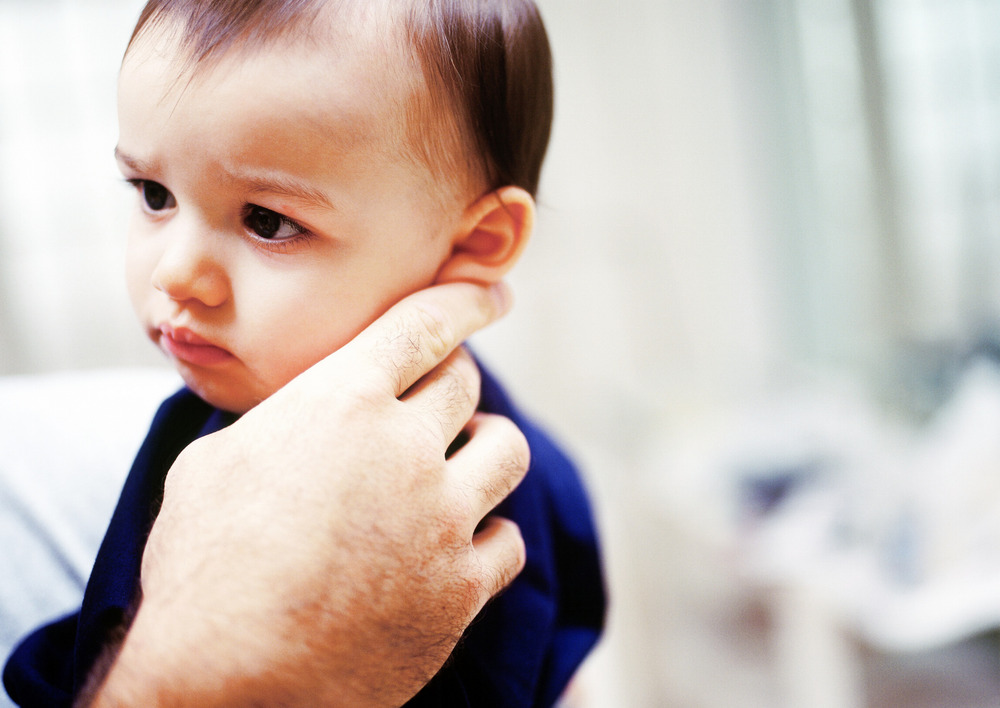
When it comes to identifying signs of autism in toddlers up to 24 months, early recognition and intervention play a crucial role in promoting optimal development and support.
Here are some key signs that parents and caregivers can look out for:
- Lack of eye contact
Toddlers with autism may avoid making eye contact or have difficulty sustaining eye contact during interactions. This can be observed during playtime or when engaging with others.
- Limited social response
Unlike typically developing toddlers who respond to their name or seek attention and interaction with others, toddlers with autism may show limited interest in socializing or engaging with caregivers or peers.
- Delayed or absent gestures
Delayed or absent use of gestures such as pointing, waving, or showing objects can be a red flag for autism. These gestures typically start to develop around 9 to 14 months in typically developing children.
- Repetitive behaviors
Toddlers with autism may engage in repetitive behaviors such as hand-flapping, rocking, or spinning objects. These repetitive actions are often self-soothing or highly focused behaviors.
- Lack of pretend play
Pretend play, such as imitating daily activities or using objects symbolically, is an important milestone in early childhood development. However, toddlers with autism may exhibit limited or no interest in engaging in pretend play activities.
- Communication difficulties
Delayed or limited speech and language skills are common signs of autism. Toddlers may have trouble expressing themselves or understanding verbal instructions. They may also exhibit echolalia, repeating words or phrases without understanding their meaning.
- Fixated interests
Many toddlers with autism develop intense interests in specific objects or topics. They may become fixated on particular toys, TV shows, or subjects and display an intense focus or preoccupation with them.
- Sensory sensitivities
Sensory sensitivities, such as being overly sensitive or underreactive to certain sounds, textures, smells, or lights, are common in children with autism. Toddlers may display extreme reactions or aversions to particular sensory stimuli.
It’s important to remember that the presence of one or two of these signs alone does not necessarily indicate autism. However, suppose you notice a combination of these signs or have concerns about your toddler’s development.
In that case, it’s recommended to consult with a healthcare professional or pediatrician trained in developmental milestones and autism assessment. Early intervention services can make a significant difference in the overall outcome and quality of life for children with autism.
Remember, every child is unique, and the presence of these signs does not definitively confirm an autism diagnosis. Only a thorough evaluation by a qualified professional can provide a conclusive assessment.
7 Early Signs of Autism in Children up to 36 Months
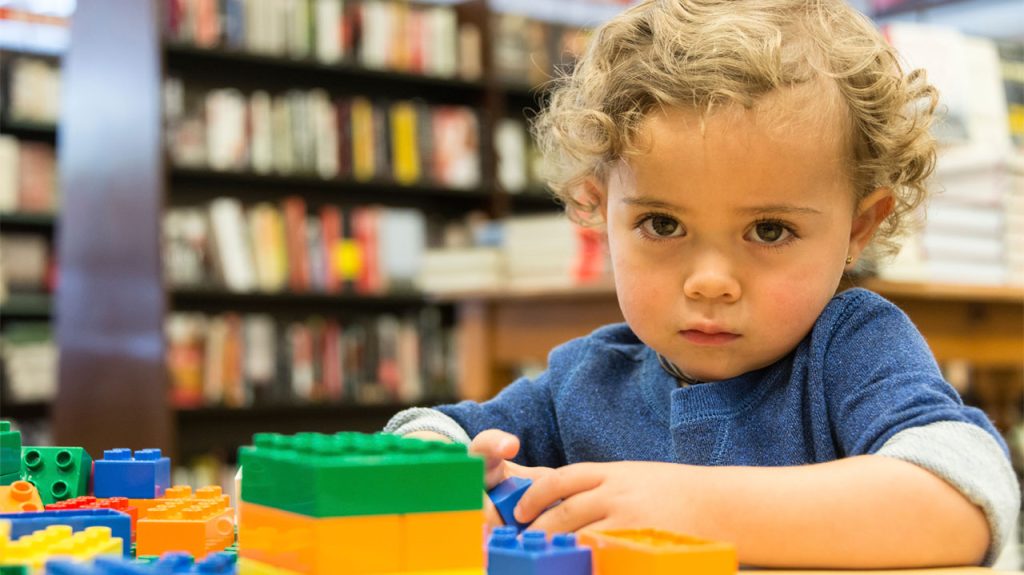
Recognizing the early signs of autism in young children is crucial for early intervention and support. While every child develops at their own pace, it’s important to be aware of potential red flags that may indicate autism spectrum disorder (ASD).
Here are some common signs to look out for:
- Lack of eye contact
Children with autism may have difficulty making and sustaining eye contact. They may seem disinterested or avoid eye contact altogether.
- Delayed speech and language skills
Some children with autism may have delayed speech development or exhibit difficulties in communication. They may have trouble initiating or sustaining conversations, limited vocabulary, or repetitive and stereotyped language patterns.
- Repetitive behaviors and interests
Children with autism often engage in repetitive behaviors, such as hand-flapping, rocking, or repeating certain words or phrases. They may also have intense and narrow interests, focusing on a specific topic and showing little interest in other activities or toys.
- Difficulty with social interaction
Children with autism may struggle with social interactions and have difficulty understanding or responding to social cues. They may have trouble sharing interests or emotions, and may appear aloof or unresponsive in social situations.
- Sensory sensitivities
Many children with autism have heightened sensory sensitivities. They may be sensitive to certain sounds, lights, textures, or tastes, leading to overreactions or aversions to certain sensory stimuli.
- Avoidance of social play
Children with autism may show limited interest in social play, preferring solitary activities instead. They may struggle with initiating or participating in pretend play or engaging with peers.
- Developmental delays
Autism can be associated with delays in reaching developmental milestones. These delays may be observed in areas such as motor skills, social and emotional development, and cognitive abilities.
Remember, it’s important to consult with a healthcare professional or developmental specialist if you have concerns about your child’s development. While these signs may indicate the possibility of autism, only a comprehensive assessment by a trained professional can provide a conclusive diagnosis.
By being aware of the early signs of autism and seeking timely evaluation and support, parents and caregivers can play a vital role in promoting better outcomes for children with ASD.
Getting an Autism Assessment
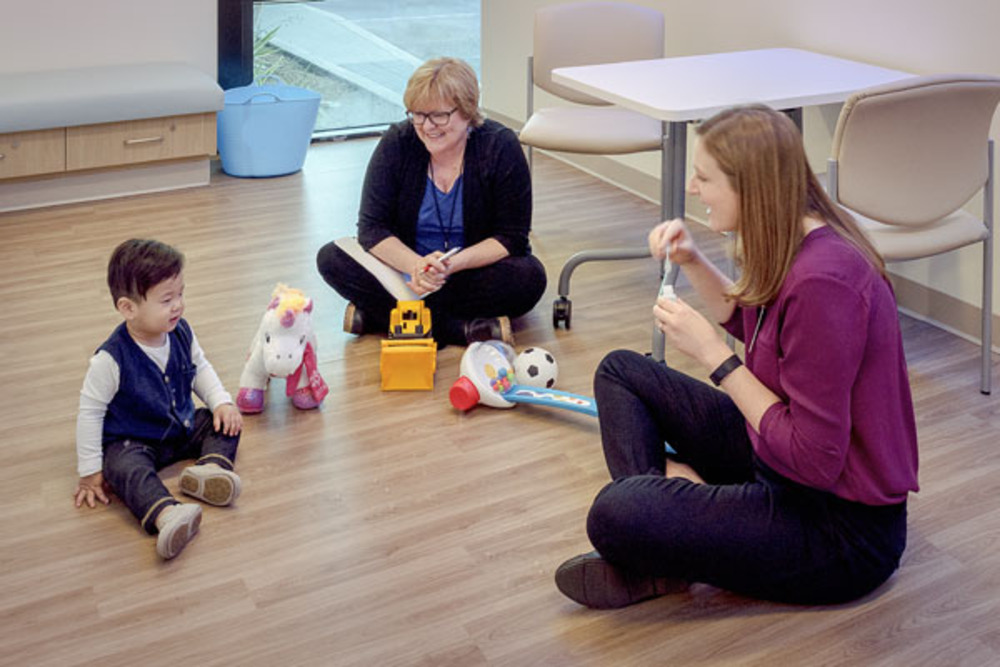
Seeking a professional autism assessment is crucial for accurate diagnosis and appropriate intervention. While it can be overwhelming to navigate the process, understanding the importance of assessment and the steps involved can help parents and caregivers make informed decisions.
Here is a brief overview of why an autism assessment is necessary and what to expect:
Importance of Professional Assessment
Obtaining a professional autism assessment provides several benefits. It helps:
1. Confirm or rule out autism
A formal assessment by a healthcare professional specialized in autism allows for a thorough evaluation, considering multiple factors and observations. It helps provide conclusive evidence of autism or rule out other developmental differences.
2. Access early intervention services
Early intervention services are crucial for children with autism to maximize their potential for development. A formal diagnosis is often required to qualify for these specialized services, therapies, and educational support.
3. Understand individual needs
Each person with autism is unique, and a comprehensive assessment helps identify specific strengths, challenges, and areas that require intervention. It enables personalized treatment plans based on individual needs.
The Process of Getting an Autism Diagnosis
The process of getting an autism diagnosis typically involves the following steps:
1. Initial consultation
Parents or caregivers consult with a healthcare professional, such as a pediatrician, developmental pediatrician, or clinical psychologist, expressing concerns about their child’s development. They provide detailed information about the child’s behaviors, milestones, and any observed early signs of autism in babies.
2. Medical examination and history
A healthcare professional conducts a medical examination and gathers medical history, including the child’s birth details, developmental milestones, and family medical history. This information contributes to a comprehensive assessment.
3. Observation and evaluation
Professionals will conduct direct observations of the child’s behavior and interaction. They may use standardized assessment tools, questionnaires, and interviews with parents or caregivers to gather additional information.
4. Collaboration and multidisciplinary approach
Assessment may involve a multidisciplinary team comprising professionals from various disciplines, such as psychology, speech therapy, occupational therapy, and educational specialists. Their expertise helps form a comprehensive evaluation.
5. Diagnosis and recommendations
Based on the assessment results, the healthcare professional will provide a diagnosis, if applicable, and recommendations for intervention and support. They will explain the findings to parents or caregivers and answer any questions they may have.
The ASDetect app can be an additional useful tool for parents and caregivers. It provides videos that illustrate some of the characteristics of autism in babies and toddlers. Utilizing this app alongside the checklist can aid in identifying potential signs and seeking professional guidance.
Remember, seeking an autism assessment and diagnosis is an important first step toward understanding and supporting your child. It provides a foundation for accessing early intervention services and tailoring interventions to meet their specific needs.
Signs of Autism in Girls
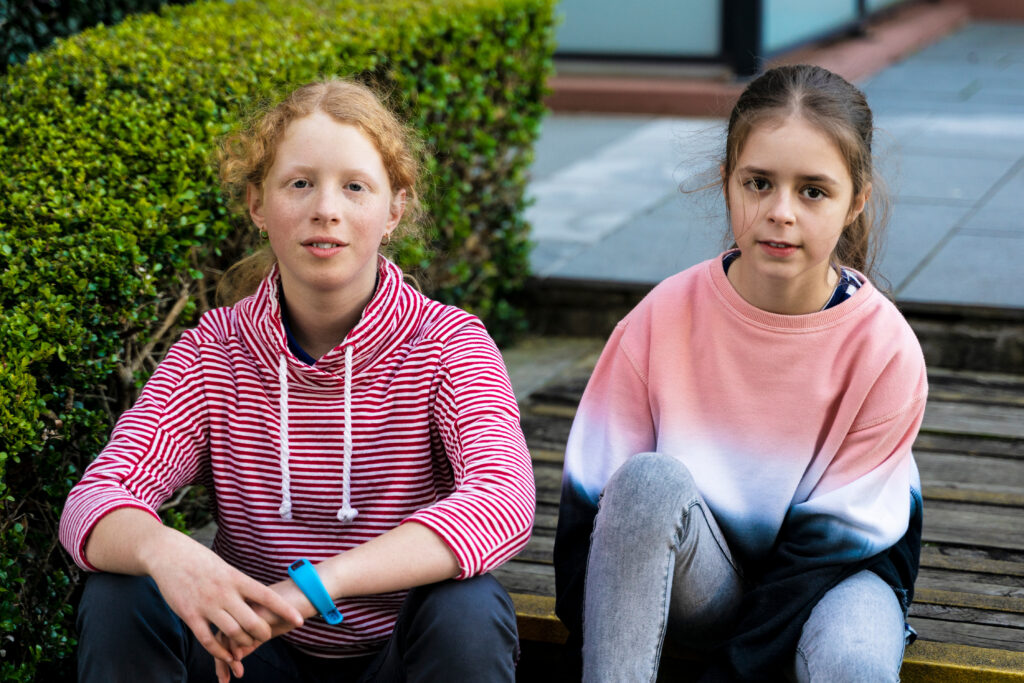
Autism is a developmental disorder that affects individuals of all genders, but the presentation of symptoms can vary between boys and girls. Understanding the unique signs of autism in girls is important for early identification and intervention.
Here are some key aspects to consider:
Social Communication and Interaction
Girls with autism may exhibit better social communication skills compared to boys. They might make eye contact, use expressive facial expressions, and engage in more reciprocal social interactions.
However, these behaviors can be superficial and not reflect an underlying understanding of social situations. Girls with autism may struggle with nuanced social cues and have difficulty forming and maintaining deep friendships.
Interests and Behaviors
While boys with autism often develop intense, specific interests, girls may have more socially acceptable interests that align with typical gender norms. They might focus on animals, dolls, or characters from their favorite books or movies.
Girls with autism may also engage in repetitive behaviors and rituals, such as arranging toys in a specific order or following rigid routines. However, these behaviors might be less noticeable or different in nature compared to boys.
Communication and Language
Girls with autism tend to develop speech and language skills earlier than boys. They might have a larger vocabulary and use more complex sentence structures.
However, despite their seemingly advanced language abilities, girls with autism may struggle with social communication aspects, such as initiating and maintaining conversations, understanding non-literal language, or adapting their communication based on social context.
Although these patterns can be observed, it is essential to remember that every individual with autism is unique, and not all girls will exhibit the same signs. If you have concerns about your child’s development, it is always advisable to consult with a healthcare professional or autism specialist who can provide a comprehensive evaluation and appropriate guidance.
Remember, early identification and intervention can significantly improve outcomes for children on the autism spectrum. By recognizing the unique signs of autism in girls, we can ensure that they receive the support and resources they need to thrive.
The Final Note: Signs of Autism in Babies
To sum up, being aware of the signs of autism in babies and toddlers is essential for early detection and intervention. By recognizing these early indicators and seeking professional assessments when necessary, parents and caregivers can take proactive steps to provide the best possible outcomes for children with autism.
Remember, every child develops at their own pace, and the absence of a particular milestone does not automatically indicate autism.
However, if you have concerns about your child’s development, seeking support and resources early can make a significant difference in their future.
Additionally, early intervention and behavioral therapies, such as speech therapy or occupational therapy, can greatly improve outcomes for children with autism.
By staying informed and taking the necessary steps, you can support your child’s development and well-being effectively.







